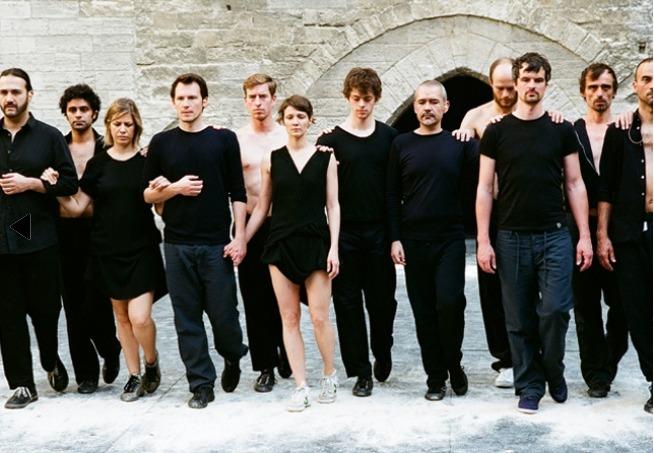Published in Broadsheet, Spring edition September 2012
Contemporary dance was included in the Biennale of Sydney’s artistic program for the first time this year, with Carraigeworks unveiling a compelling new work of equal parts art, dance and spectacle.
For most of us, music offers a soundtrack to our lives, imbuing the best moments with greater meaning and spinning memories out of the mundane. But for music director Bjorn Schmelzer, music is a living, breathing organism with the power to tell us who we are and map our relationship with time and place.
The composer and ethnomusicologist is the director of Graindelavoix, a group that –in overturning ideas of performance and exploring the granularity of the human voice – veers closer to an art collective than a traditional musical ensemble.
As Schmelzer explains, the group’s name derives from a term borrowed from French cultural Roland Barthes. “We’re interested in what voices can do,” he says. “How the mix of voices combined in a polyphonic structure produces sounds that are completely different from what you’re used to.”
He posits his approach to be “more spatial”. “I take a psychoacoustic view of music,” he says. “For me, music is a reservoir of sounds and sonorities and I’m interested in the politics of what we listened to in the past and why we are listening to it now.”
Cesana, a new work by contemporary dance troupe Rosas is the perfect vehicle for Schmelzer’s combination of musical rigor and creative ambition. The work sees 19 dancers and singers explore the limits of their abilities as dancers sing and singers dance on a set designed by Belgian artist Ann Veronica Janssens. Conceived in collaboration with legendary choreographer Anne Teresa De Keersmaeker, the piece had its world premiere at Carriageworks earlier in September as part of the 18th Biennale of Sydney.
“Basically, our vision for this piece was to try to get everyone involved in creative possibilities,” says Schmelzer. “We did not separate the singers [Graindelavoix] from the dancers [Rosas] and made sure they were on the same level. Some dancers were selected for their singing capacities, but some discovered how well they could sing in the process. Sometimes, I didn’t know who was the singer and who was the dancer,” he muses.
But Cesana isn’t just interested in breaking down barriers between disciplines. The piece also re-imagines the limits of our bodies and explores the transformative power of time – an idea that inspired Janssen’s arresting set.
“I think Cesana has a very special status. You don’t know what you’re seeing. It’s a strange piece. It’s like when you watch, you’re assisting some sort of ritual. Sounds very 60s, no?” he laughs. “It’s kind of like a happening.”
Cesena’s Australian dance premiere is the counterpart to De Keersmaeker’s En Atendant, which Rosas Belgian Contemporary Dance Ensemble performed at Carraigeworks for the Biennale of Sydney in September 2012.
